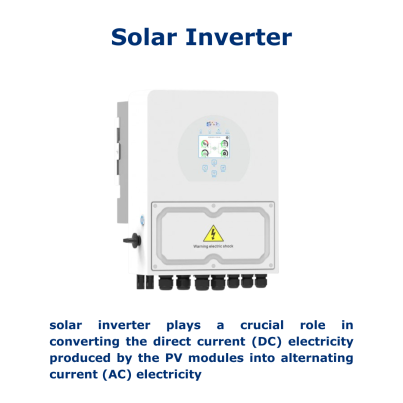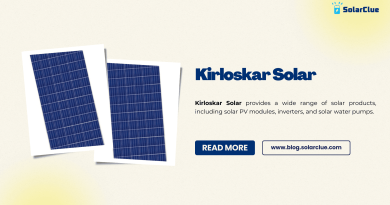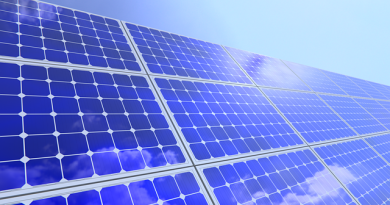Surprising Facts About Solar PV Modules You Need to Know
Have you ever wondered how those, shiny panels on your neighbor’s roof or in solar farms generate electricity from sunlight? The magic lies in solar photovoltaic (PV) modules, which have revolutionized the way we take the power of the sun. Solar PV module, often simply called solar panels, are becoming increasingly popular as a sustainable energy solution. These innovative devices harness sunlight and convert it into electricity, offering numerous benefits for both homes and businesses. Here are some surprising facts about solar PV modules that you should know.
Table of Contents
What is a Solar PV Module?
A solar PV module, often referred to as a solar panel, is a collection of interconnected solar cells that convert sunlight directly into electricity through a process called the photovoltaic effect. These modules are the building blocks of solar power systems, capturing the sun’s energy and converting it into usable electricity.
How Solar PV Modules Work?
The magic behind solar PV modules lies in the photovoltaic cells, typically made of silicon semiconductor materials. When sunlight hits these cells, it creates an electrical field, causing electrons to flow and generate an electric current. This current is then collected and channeled through wiring within the module for immediate use or storage.
Types of Solar PV Modules:
Not all solar PV modules are created equal. They come in various types, each with its own unique characteristics and advantages. Here are some common types.
1.Monocrystalline Silicon Modules: These modules are made from a single, continuous crystal of silicon, known for their high efficiency and sleek, uniform appearance.
2.Polycrystalline Silicon Modules: Composed of multiple silicon crystals, these modules are slightly less efficient than monocrystalline but more cost-effective to manufacture.
3.Thin-Flim Modules :These modules are made by depositing thin layers of photovoltaic materials, such as amorphous silicon, cadmium telluride, or copper indium gallium selenide, onto a substrate. They are lightweight, flexible, and ideal for applications where space is limited.
Surprising Facts About Solar PV Modules:
1. Self-Cleaning Capabilities:
Many modern solar PV modules incorporate self-cleaning properties, thanks to specialized coatings that repel dust and dirt, ensuring optimal performance even in harsh environments.
2. Durability and Longevity:
Solar PV modules withstand extreme weather conditions, including high winds, heavy rain, and even hailstone. With proper maintenance, they can last for decades, providing a reliable source of clean energy.
3.Efficiency Improvements :
The efficiency of solar PV modules has steadily increased over the years, with the latest cutting-edge modules achieving conversion rates of up to 22% or higher. This means they generate more energy from the same surface area.
4 .Bifacial Modules:
Some advanced solar PV modules can capture sunlight from both the front and back surfaces, increasing their overall energy production by up to 30%.
5.Seamless Integration:
Solar PV modules integrate into various structures, from residential rooftops to commercial buildings, providing an aesthetically pleasing and space-efficient solar power solution.

Solar Inverter:
While solar PV modules are the heart of a solar power system, the solar inverter plays a crucial role in converting the direct current (DC) electricity produced by the modules into alternating current (AC) electricity, which is the standard for most household and commercial applications.
Solar inverters come in different types and sizes, ranging from small string inverters for residential systems to large central inverters for utility-scale solar farms. They convert electricity and optimize solar PV module performance by tracking and adjusting voltage and current to ensure maximum energy output.
Connection of Solar Inverter with Solar PV Modules:
Solar PV modules are connected in series or parallel, forming strings or arrays based on voltage and current needs. These arrays are then connected to the solar inverter. Subsequently, the inverter receives the DC electricity and converts it into AC electricity. This AC electricity can be used to power appliances, fed into the grid, or stored in batteries for later use.
Conclusion:
Solar PV modules have transformed energy generation, offering a sustainable, clean, and efficient solution to our needs. With self-cleaning capabilities, durability, seamless integration, and efficiency improvements, these modules surprise us with their design and technological advancement.
As we harness the power of the sun, solar PV modules will shape our energy future. Whether you’re considering residential solar installation or are curious about this technology, understanding surprising facts about solar PV modules can help you appreciate their remarkable engineering and innovation.
Visit SolarClue® to see the best Solar Inverter. SolarClue® actively sells solar energy products at discounts of up to 50%.



